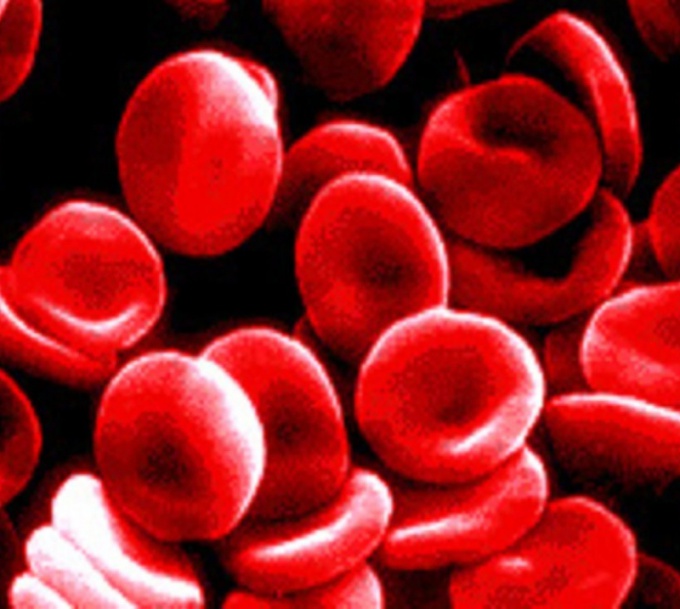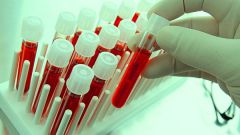Instruction
1
The indicator of the erythrocyte sedimentation rate is nonspecific, i.e., its increase or decrease does not indicate a specific disease. The increase in this indicator can be infectious and inflammatory diseases of the liver, kidneys, endocrine system, cancers, bone fractures, tuberculosis, myocardial infarction, anemia, pregnancy, postpartum period, menstruation, old age, postoperative status. Thus, if ESR is much higher than normal, you need to diagnose and identify the cause of inflammation.
2
A decrease in ESR indicates a decline in muscle mass, starvation (often, this indicator decreased in vegetarians), hyperhydration (excess fluid intake), corticosteroids (steroid hormones).
3
Elevated ESR can be observed over a long period. This situation indicates the presence in the body of a chronic disease. So , ESR decreased, you should first contact a therapist, who will prescribe a scheme of detecting disease, if need be, give direction on the survey to other professionals. Only after eliminating the cause of inflammation or infection, increased erythrocyte sedimentation rate returns to normal. Therefore, the increase in ESR blood should not be left without attention of a specialist.










